Chinese Style Pre-Wedding Photography

When it comes to traditional Chinese weddings in Singapore, the qipao and kua are popular choices for brides who want to honour their heritage. These iconic garments come in stunning designs, each reflecting the rich cultural history of Chinese wedding attire. However, an option that is often overlooked but deeply rooted in history is traditional hanfu, which is one of the most authentic forms of Chinese wedding clothing.
If you're planning a pre-wedding photoshoot or looking for a unique outfit change during your actual day, here’s why hanfu deserves a spot on your list of considerations!
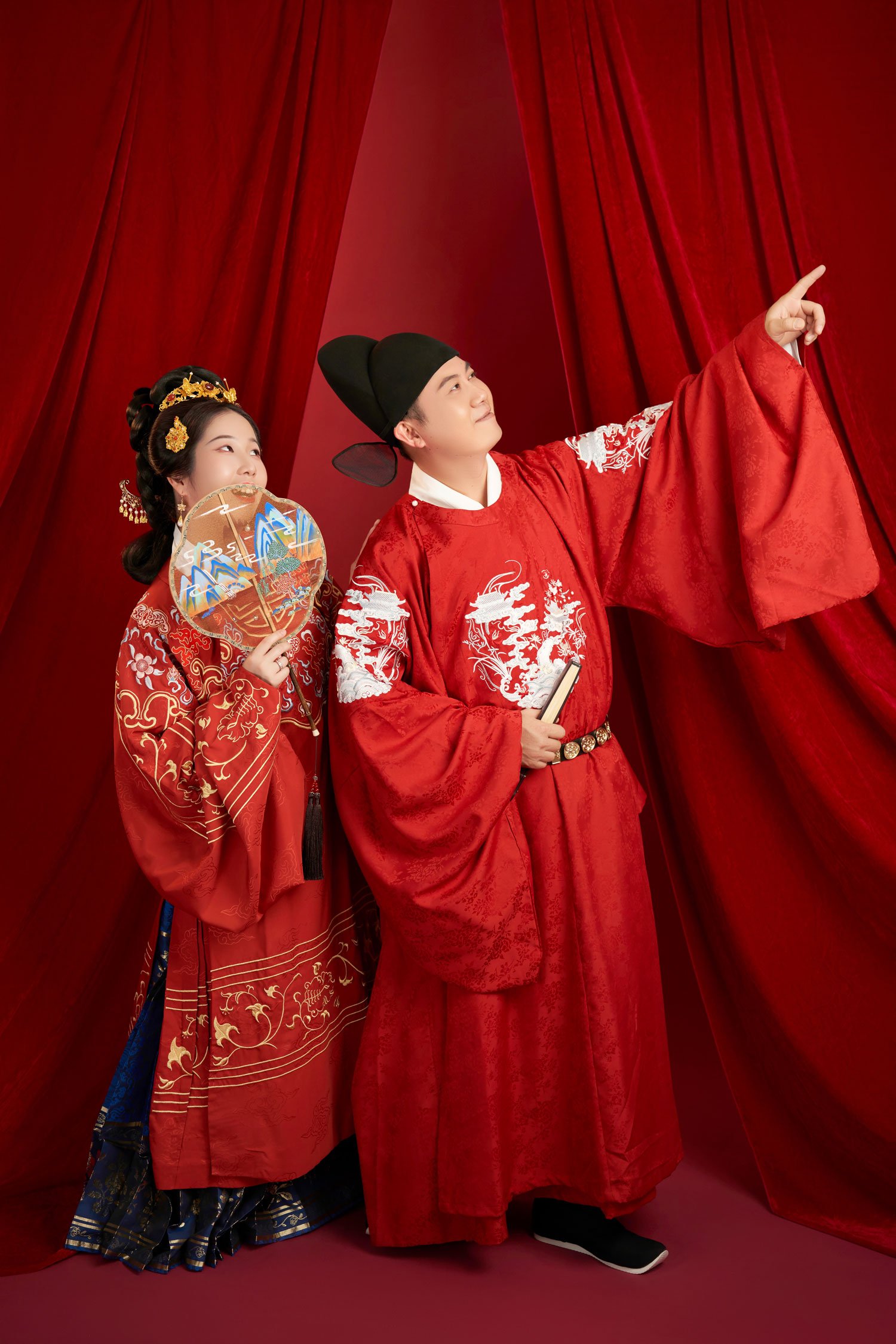
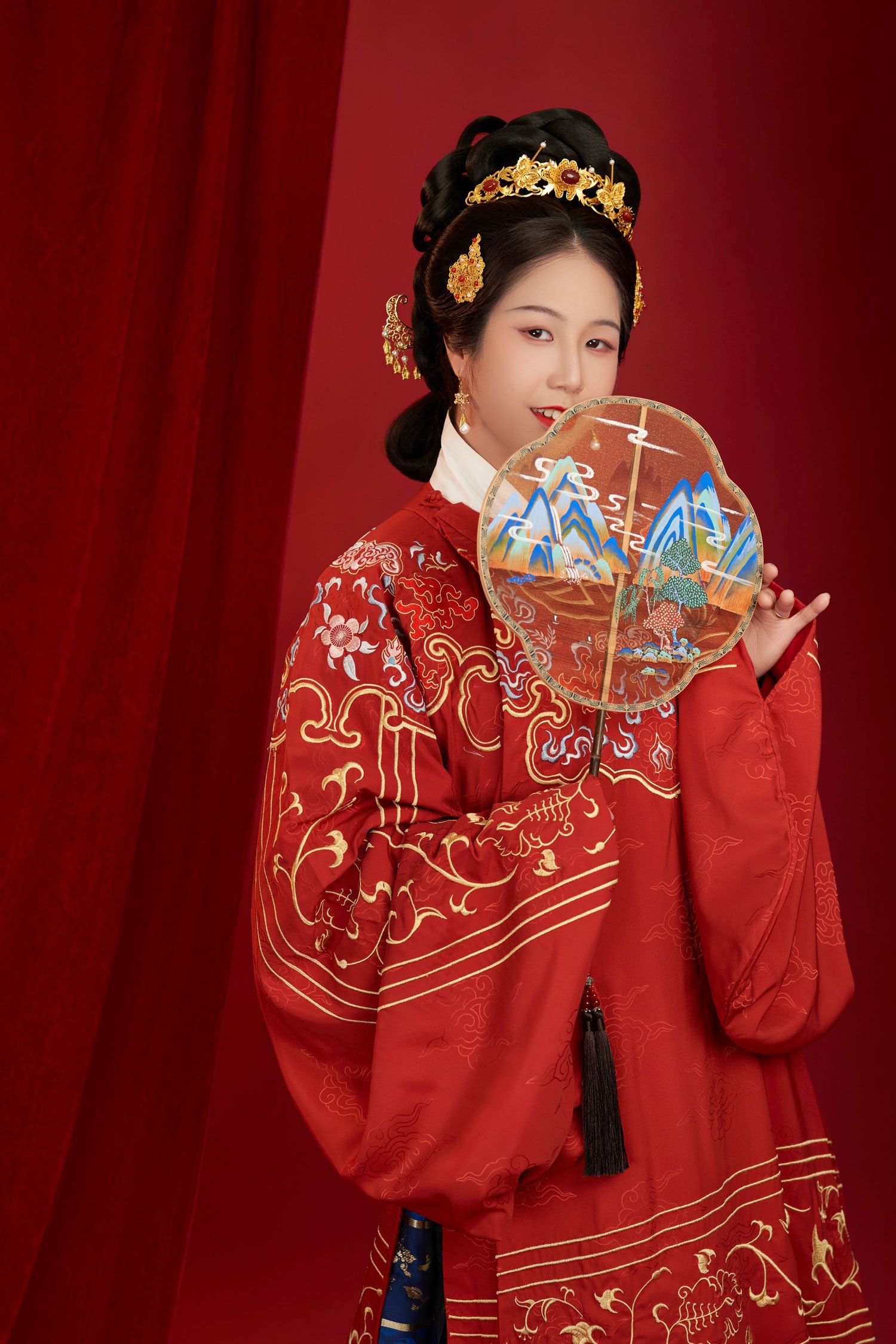


It Stands Out
Hanfu exudes grandeur and elegance, making it a unique and eye-catching option. If you’re aiming to make a statement or leave a lasting impression, wearing hanfu in Singapore will set you apart from more commonly worn outfits like the qipao or kua. From the elaborate hairstyles to the opulent accessories and the dress-up process, donning the traditional garments creates a rich, sensory experience that will make any bride feel truly special.
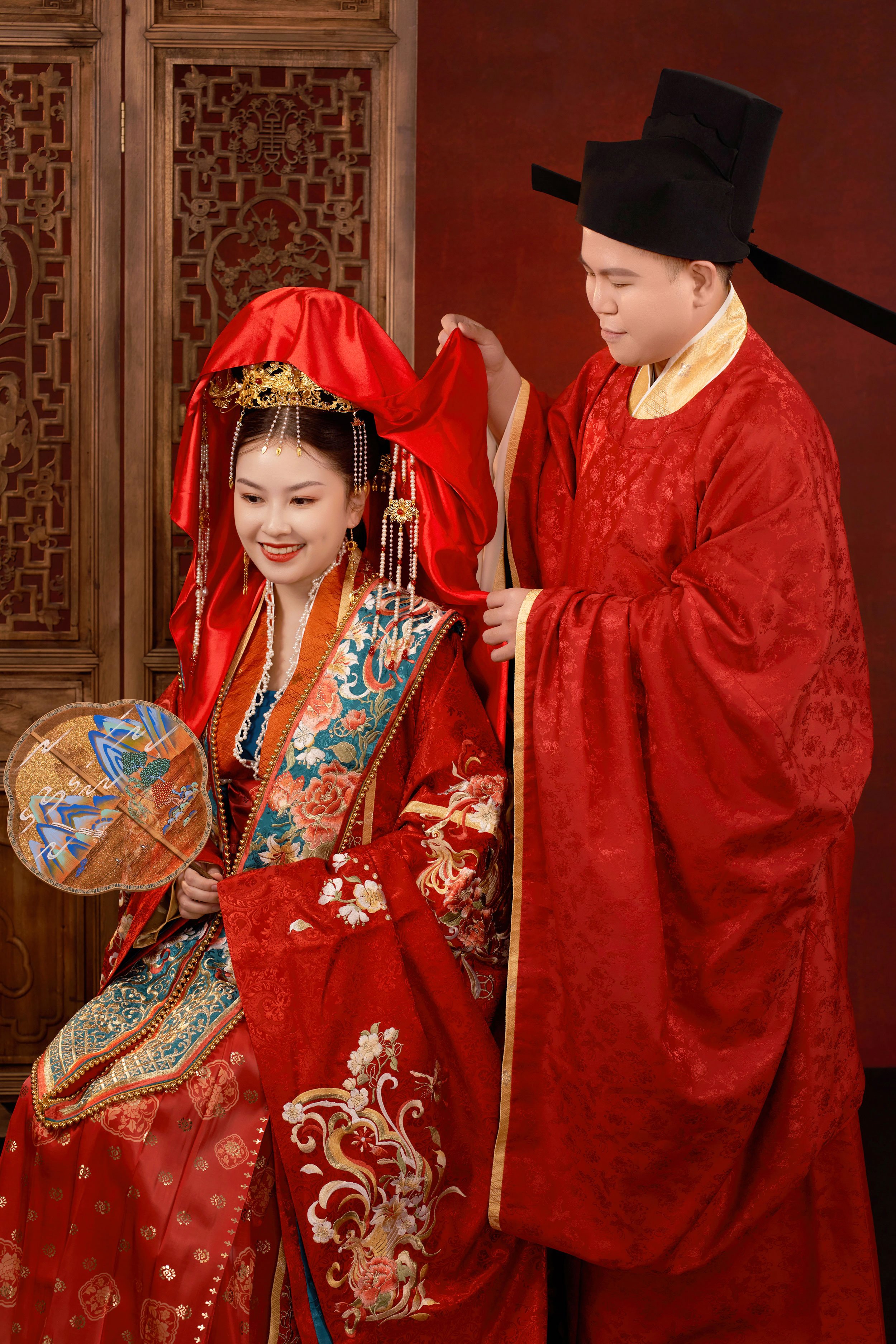
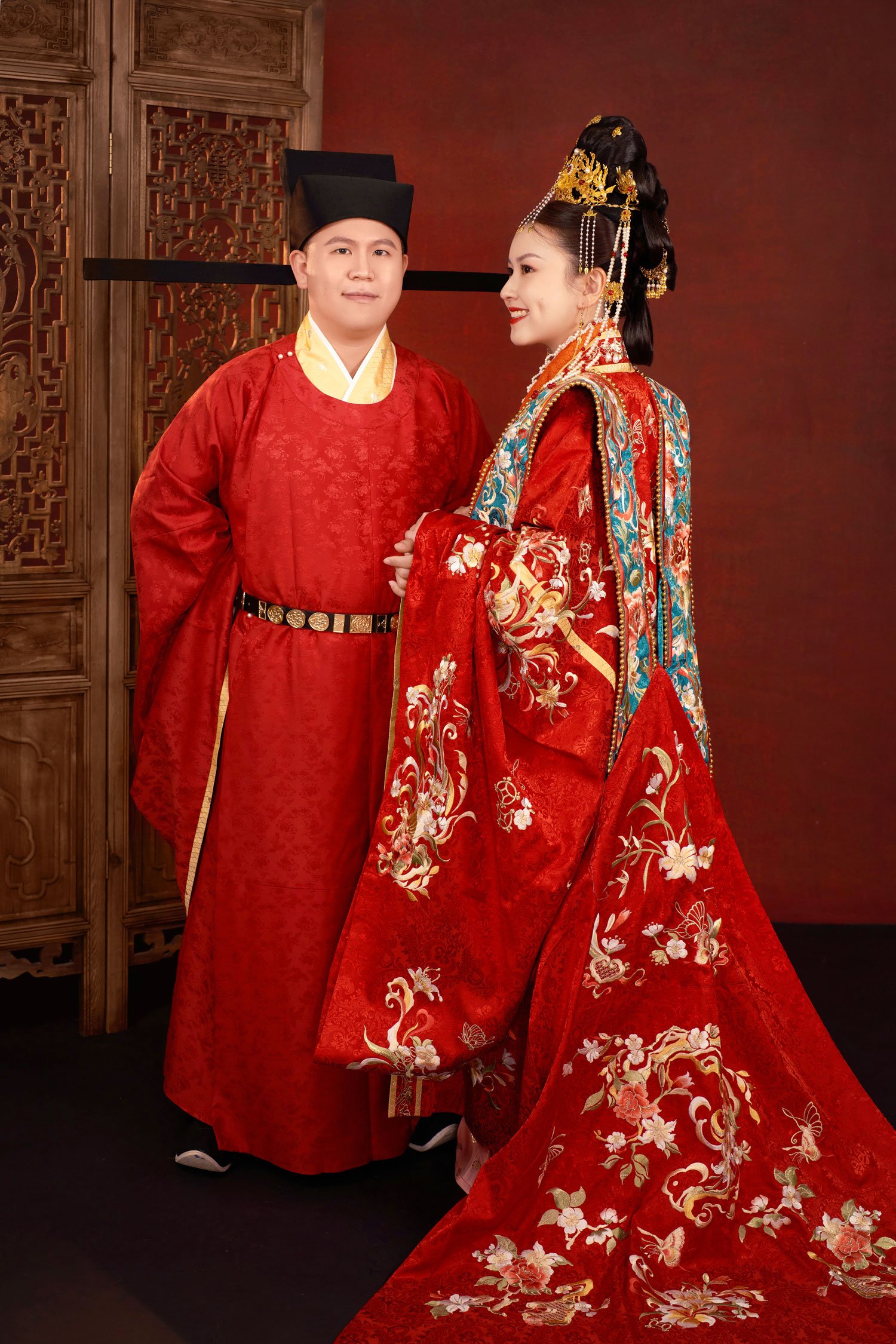
Diverse Styles from Different Periods
A standout feature of hanfu is its wide range of styles, each reflecting the unique fashion of the different Chinese dynasties and historical periods. Whether you prefer the flowing sleeves of the Tang dynasty or the more structured look of the Ming and Song dynasties, hanfu allows you to select an outfit that best suits your personal taste and your wedding theme. The styling can be tailored to reflect your unique personality and relationship as a couple—whether you prefer a playful and charming look or something more grand and sophisticated.
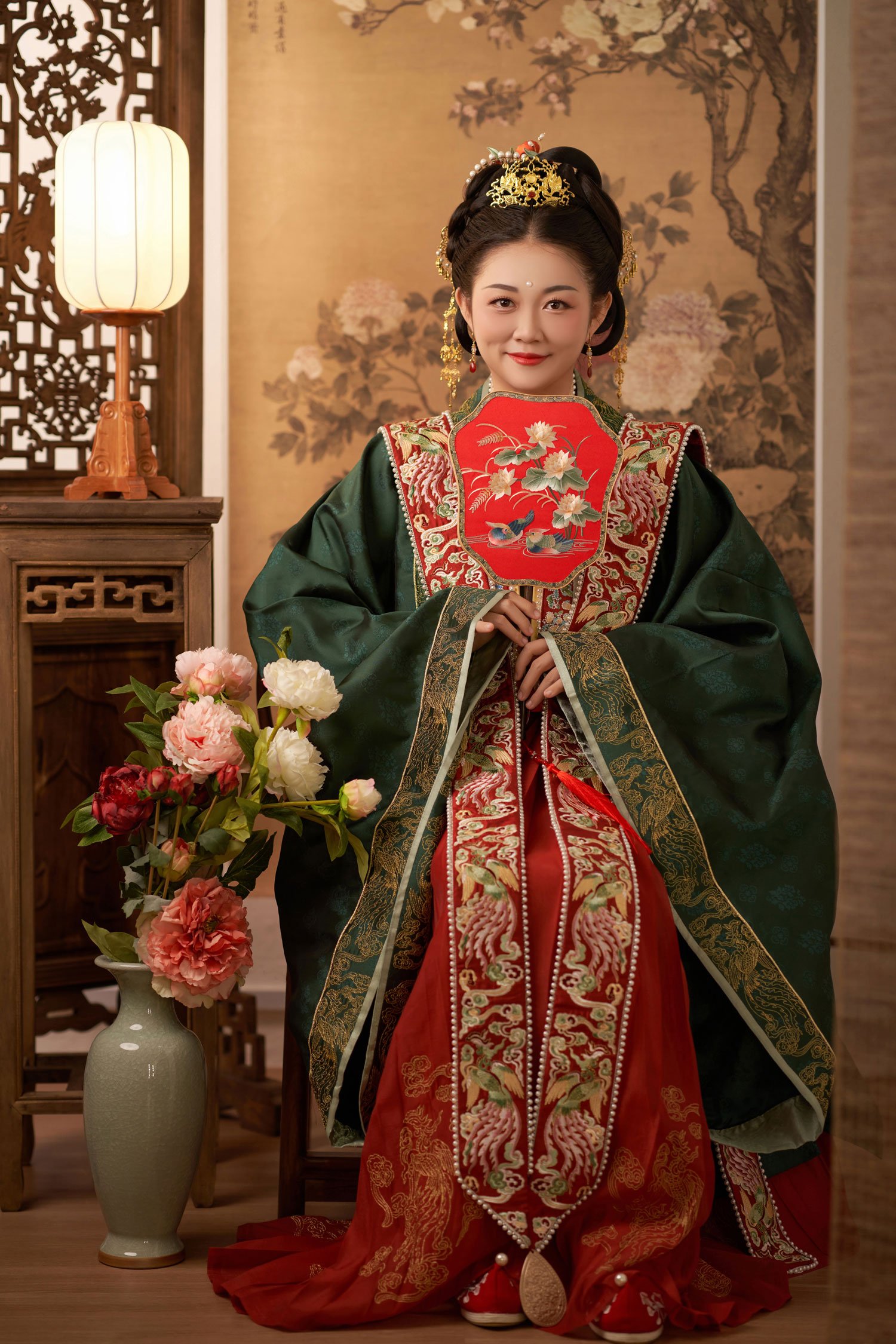

Comfort and Versatility
While the qipao and kua are typically more form-fitting, hanfu offers a range of styles that can flatter different body types. From flowing, loose-fitting robes to more structured designs, hanfu gives you the freedom to choose an outfit that feels comfortable without compromising on elegance.

Downsides to Consider
Although hanfu is a beautiful and unique choice, it may not be ideal for all wedding scenarios. Some wedding robes can be thick and heavy, with their multiple layers making movement challenging during activities like a traditional tea ceremony. Formal hanfu outfits are also not suitable for an outdoor wedding as the humid climate in Singapore will make you feel very warm.


If you wish to incorporate hanfu into your wedding plans, we’re here to help!
Pre-Wedding Photoshoot
Whether you envision a casual, laid-back session or a formal, regal look, we provide customized hanfu pre-wedding photoshoots to suit your style. Our photoshoots offer the flexibility to explore different hanfu styles, allowing you to experiment with various looks while preserving your unique story as a couple.
Wedding Rentals & Styling
Planning to wear hanfu on your big day? We offer wedding hanfu rentals, complete with styling services to make sure every detail is perfect. From selecting the right outfit to coordinating with your wedding theme, our team provides expert assistance to ensure you look and feel incredible. We'll handle everything from the ornate accessories to the intricate hair and makeup, making the entire process seamless and enjoyable.


A unique pre-wedding photography experience informed by tradition
Email or drop us an inquiry via the contact form
to find out more!
Contact us.
Considering a photoshoot experience?
Drop us a message for a non-obligatory consultation to find out what we can offer!

